How to Cut Down a Recipe: Smart Strategies for Scaling Servings
Transform oversized ingredient lists into perfectly sized meals with kitchen hacks.
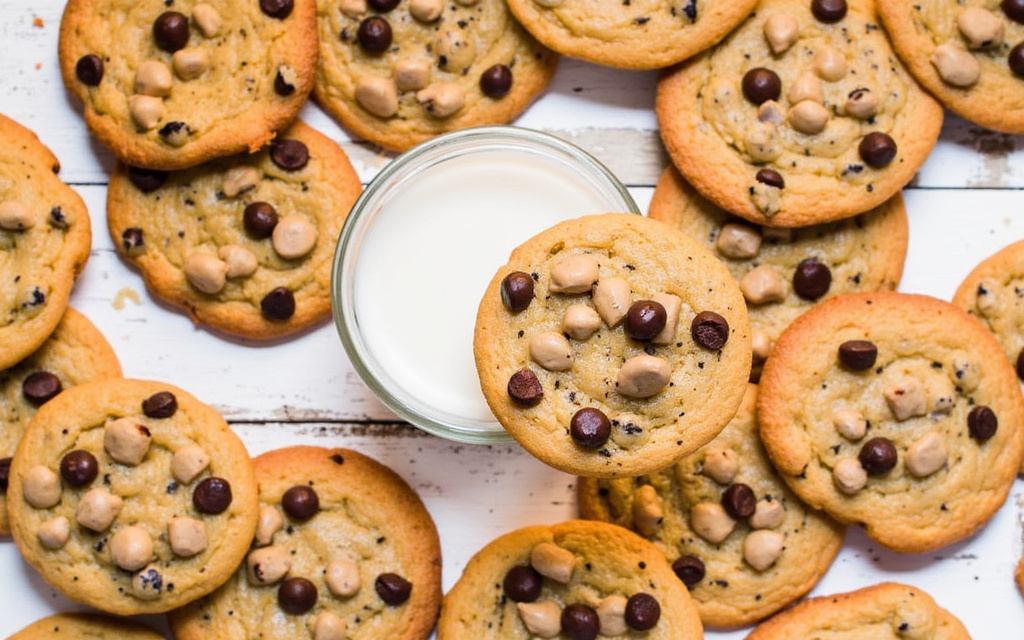
Cooking at home often means adapting recipes written for families or crowds when you only need a meal for one or two. Scaling down recipes can be straightforward, but it comes with plenty of challenges — from tricky fraction math to ingredient limitations and kitchen equipment issues. This guide gives you step-by-step strategies, practical measurement hacks, and essential tips for shrinking recipes confidently and deliciously.
Why You Need to Scale Down Recipes
Most cookbooks and online recipes are written for four, six, or more servings. When you’re cooking for yourself, your partner, or a roommate, making the whole recipe leads to wasted food and ingredients. Knowing how to cut down a recipe means you can:
- Reduce food and ingredient waste.
- Save time and money on cooking and groceries.
- Experiment with more meals without a fridge full of leftovers.
- Adapt your favorite special-occasion dishes for everyday dining.
Kitchen Math: How to Scale Down a Recipe
The first step in shrinking a recipe is deciding how many servings you want. Here’s the basic math:
- Find your conversion factor: Divide the number of servings you need by the number of servings the recipe makes.
- For example, if you need 2 servings from a recipe that makes 6: 2 ÷ 6 = 0.33. This is your conversion factor.
- Multiply each ingredient by the conversion factor. If a recipe calls for 1 cup of rice and your factor is 0.5, use 0.5 cups.
Small conversions can be tricky with fractions and odd measurements. When you need a third of an egg or a quarter tablespoon of baking powder, use the tricks below.
Measurement Conversion Hacks
Kitchen math gets easier with some conversion know-how. Here are common measurement equivalents and hacks:
| Ingredient | Original Measurement | Halved | Thirded | Quartered |
|---|---|---|---|---|
| Sugar/Flour | 1 cup (16 tbsp) | 1/2 cup (8 tbsp) | 1/3 cup (5 tbsp + 1 tsp) | 1/4 cup (4 tbsp) |
| Butter | 1/2 cup (1 stick/8 tbsp) | 1/4 cup (4 tbsp) | 2 tbsp + 2 tsp | 2 tbsp |
| Eggs | 1 | 1/2 (beat, then measure) | 1/3 (beat, then measure) | 1/4 (beat, then measure) |
| Tablespoons | 1 tbsp | 1 1/2 tsp | 1 tsp | 3/4 tsp |
| Teaspoons | 1 tsp | 1/2 tsp | 1/3 tsp (~scant 1/2 tsp) | 1/4 tsp |
How to Divide an Egg
- Beat one egg until uniformly combined.
- For half an egg: Measure out roughly 2 tablespoons of the beaten egg.
- For a third of an egg: About 1 tablespoon plus 1 teaspoon of beaten egg.
- For a quarter: Use 1 tablespoon of beaten egg.
Reducing Liquid and Thickening Ingredients
Cutting back on liquid is straightforward if the recipe is forgiving (like soups). For sauces, stews, or batters, results can get wonky unless you also reduce thickening ingredients proportionally (such as cornstarch or flour). When in doubt, start with a smaller amount and add more if needed to reach the right consistency.
Scaling Down Spices and Seasonings
Be conservative with spices, herbs, and salt when shrinking a recipe, especially if you’re scaling down by a third or quarter. Start with a little less than the calculated amount, then taste and adjust at the end of cooking.
- Some spices (like cinnamon or chili powder) become overpowering if cut down unevenly, so err on the side of caution.
- Fresh herbs can be boosted at the end for brightness.
- Salt and acid (lemon juice, vinegar) are easy to adjust to taste before serving.
What to Do When Measurements Get Tricky
If you’re left with odd measurements (like 1/6 tablespoon):
- Round up or down; most recipes can handle slight adjustments.
- Use a kitchen scale for accuracy — especially for baking, where precise ratios matter.
- When baking in smaller quantities, avoid cutting a recipe more than in half unless you have advanced experience (baking chemistry gets complex at smaller scales).
Consider Cooking Vessels and Equipment
Some recipes don’t scale down neatly because your cookware may be too large. If your dish cooks in a wide pan, it might dry out if volume is low. Solutions:
- Use smaller pans or baking dishes if possible.
- Check doneness earlier, as cooking times may decrease with smaller quantities.
- Layer baked goods (like brownies or lasagna) thinner if you don’t have the exact smaller pan size.
Adjust Cook Times and Techniques
Scaled-down recipes often cook faster and may need closer monitoring. Here’s how to get it right:
- Start checking 5-10 minutes before the original suggested cook time for baked goods, casseroles, or roasted items.
- For stovetop dishes, liquids will reduce more quickly — watch simmering sauces and adjust heat as needed.
- Use a thermometer for meats to ensure doneness, rather than relying solely on estimated times.
Ingredients That Don’t Always Scale Down Easily
Some ingredients or recipes require special consideration. Here are some common trouble spots:
- Baking powder, baking soda: Don’t round down excessively; accuracy matters for texture.
- Eggs: For odd amounts, beat and measure as above, but know texture may differ slightly.
- Yeast: Use precise measurements and scale proofing or rising times cautiously.
- Pasta and grains: Water to grain ratios vary, but most can be divided proportionally.
- Whole spices or aromatics: Dividing a garlic clove? Use minced or pre-chopped and estimate.
Tips for Measuring Small Amounts Accurately
Measuring tiny amounts is a challenge, but these tricks help:
- Convert everything to teaspoons for smaller measures (3 tsp = 1 tbsp).
- When a recipe calls for a “pinch,” use 1/16 of a teaspoon (most sets now include 1/8 and 1/16 tsp).
- Invest in a digital kitchen scale for fractions of an ounce or gram.
- Use measuring spoons to measure dry and liquid ingredients precisely.
Pro Adjustments: Fixing Flavors When Reducing Recipes
If you scale down and something tastes off:
- Add a dash more salt, acid, or spice at the end — seasoning is personal and should be adjusted to your taste.
- Monitor texture: If a sauce is too thick or thin, adjust liquid or thickener as needed.
- Small portions are easy to tweak, so keep tasting as you cook.
Special Considerations for Baking
Baking is chemistry, not just math.
- Try not to scale down more than half for cakes, cookies, and bread. Lesser amounts can affect rise, crumb, and flavor.
- Use precise weights for flour, sugar, and leaveners whenever possible.
- Baking times often decrease more than you expect. Keep an eye on color and doneness cues.
- If uncertain, look for ‘small batch’ baking recipes online for guidance.
Shortcut: Cooking for One or Two
Instead of dividing everything, try these shortcuts:
- Choose recipes that are inherently easy to shrink (stir-fries, soups, salads, and pasta dishes).
- Instead of halving, cook the whole recipe and freeze the extra portions for future meals.
- Batch-cook staple items like beans or grains, then add fresh ingredients for variety through the week.
Table: Common Measurements When Scaling Recipes
| Original | Halved | Thirded | Quartered |
|---|---|---|---|
| 1 cup | 1/2 cup | 1/3 cup + 1 tbsp | 1/4 cup |
| 1/2 cup | 1/4 cup | 2 tbsp + 2 tsp | 2 tbsp |
| 1 tbsp | 1 1/2 tsp | 1 tsp | 3/4 tsp |
Frequently Asked Questions (FAQ)
Q: Is it safe to halve or quarter all recipes?
A: Most savory dishes (like stews, stir-fries, and sauces) can be reduced with little issue. Baking recipes and delicate emulsions (like soufflé) require more care since ratios of leavening, eggs, and liquid are crucial. Check for ‘small batch’ versions of these for best results.
Q: What if my pan is too large for my smaller batch?
A: Use a smaller baking dish or, if none is available, note that thinner layers may cook more quickly and dry out. Adjust oven temperature down by about 25°F and keep a close watch for doneness early.
Q: How do I deal with a recipe that uses one egg, but I only want to make a third?
A: Beat the egg, then use 1 tablespoon plus 1 teaspoon for about a third of an egg. Use leftovers in another meal the same day or add to scrambled eggs.
Q: Are there kitchen tools that can help?
A: Yes! Digital kitchen scales, small measuring spoons (especially 1/8 and 1/16 tsp), and liquid measuring cups divided into tablespoons all make portioning small amounts easier and more accurate.
Q: Can I just cook the whole recipe and eat it over several days?
A: Absolutely. Meal prepping this way saves time and energy. Store leftovers in airtight containers, and freeze them for longer shelf life.
Pro Tips for Success
- Write down your scaled recipe. Adjusted amounts ensure you can replicate (or refine) your smaller batch next time.
- Label leftovers or frozen portions with the date and recipe name for easy meal planning.
- Start with easy-to-scale recipes until you get comfortable with kitchen math and ingredient adjustments.
- Make use of online conversion calculators and measurement charts for added confidence.
Summary Table: Quick Math for Scaling Down Recipes
| Scale | Multiply Ingredients By |
|---|---|
| Half | 0.5 |
| One third | 0.33 |
| One quarter | 0.25 |
Conclusion: Cooking in Any Quantity
Scaling down recipes is one of the most empowering skills for home cooks, making it easy to enjoy your favorite dishes in reasonable portions. With a few simple math tricks, handy measurement conversions, and a little flexibility, you can cook just what you need — and nothing more.
Additional Resources
- Measurement conversion charts (printable or apps)
- Digital kitchen scale for accuracy
- Small-batch and one-person cookbooks
- Online recipe scaling calculators
References
- https://blog.pamperedchef.com/kitchen-tips-tools/modifying-recipes-serving-size/
- https://www.pinterest.com/ideas/how-to-reduce-recipe-size/961153257918/
- https://www.delish.com/cooking/recipe-ideas/a32145286/how-to-read-a-recipe/
- https://www.delish.com/cooking/a839/metric-conversions/
- https://www.delish.com/cooking/a25656555/how-to-meal-prep-tips-guide/
Read full bio of Shinta


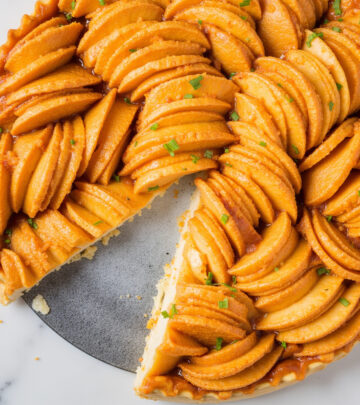
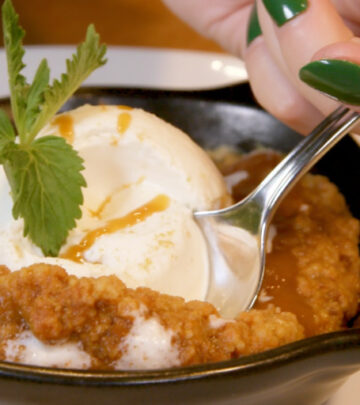
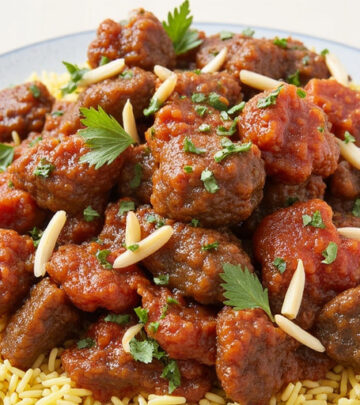
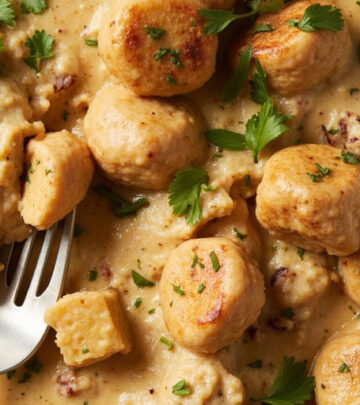
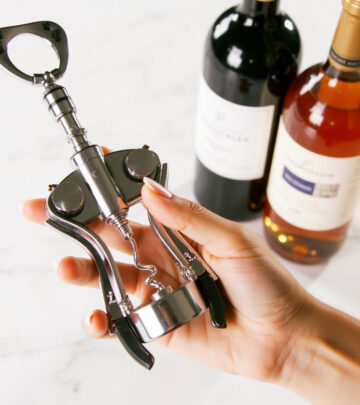
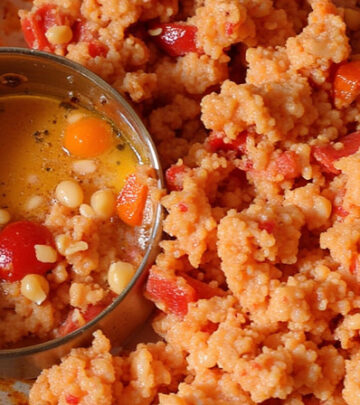

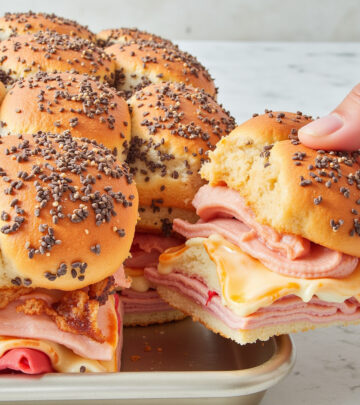
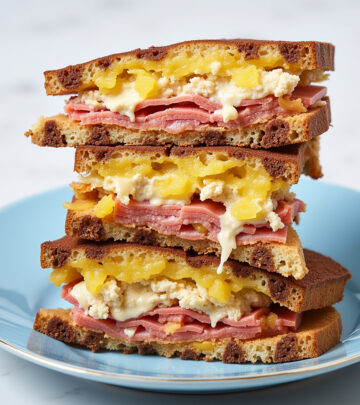




Community Experiences
Join the conversation and become a part of our empowering community! Share your stories, experiences, and insights to connect with other beauty, lifestyle, and health enthusiasts.